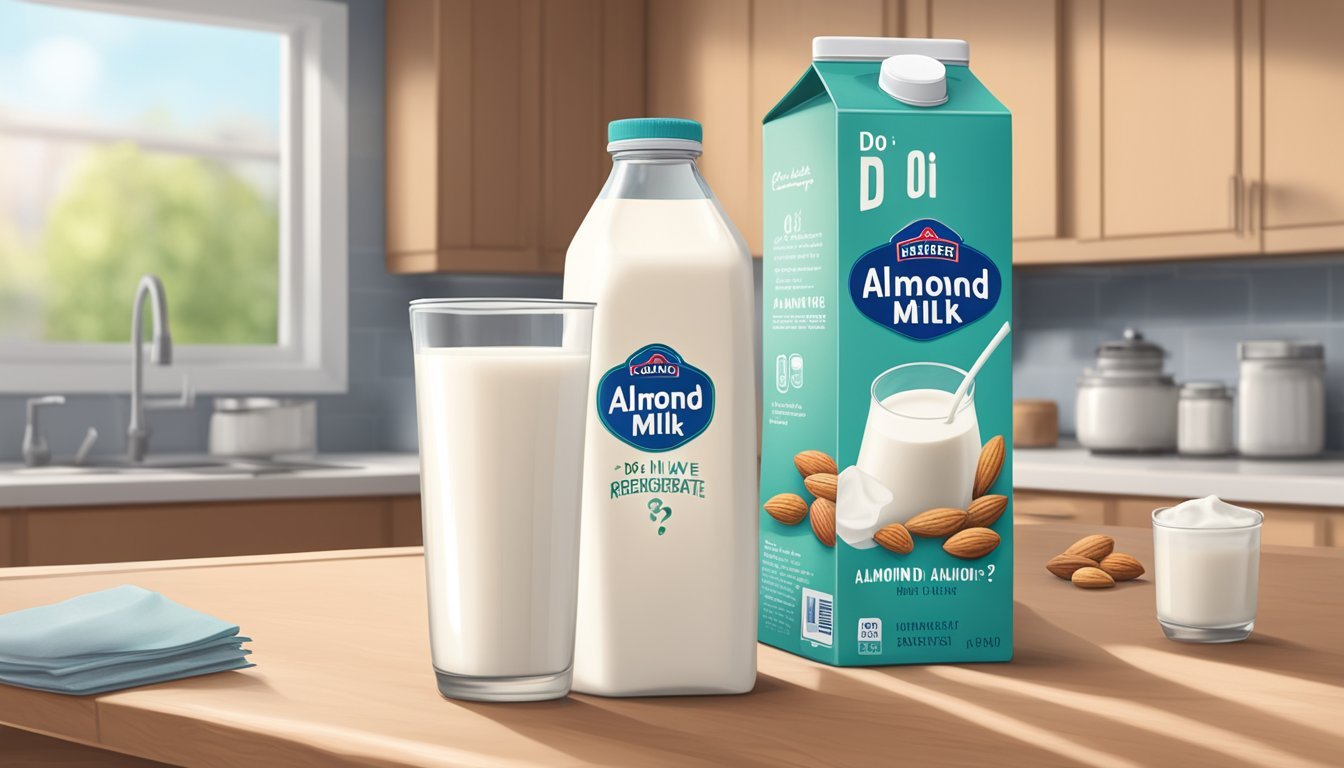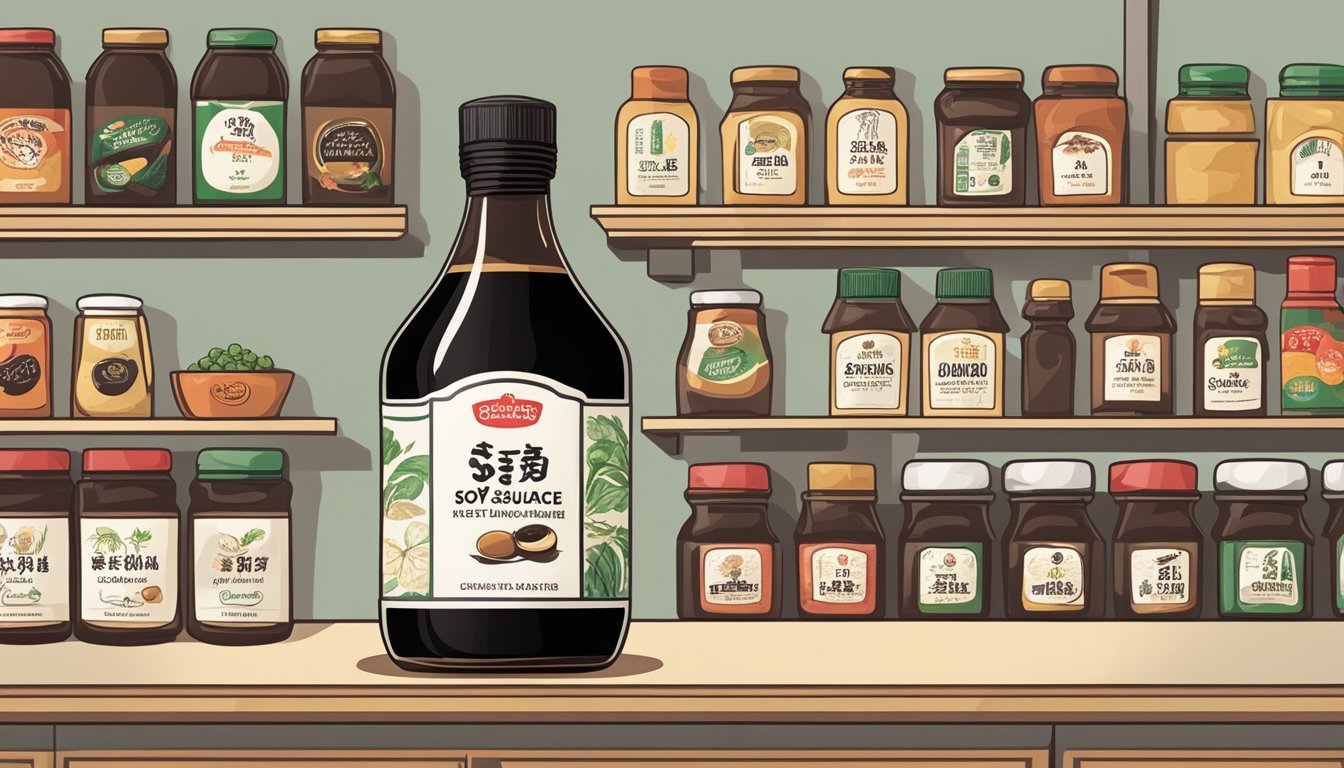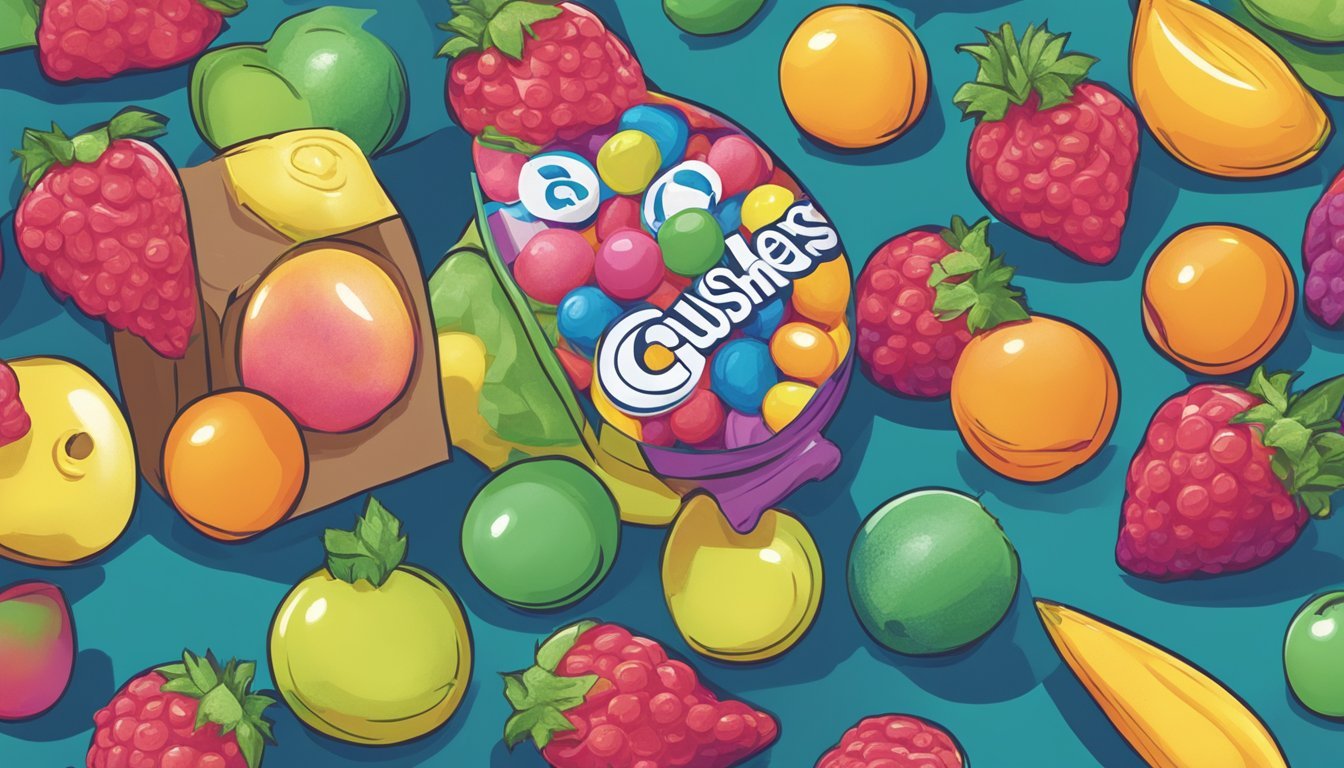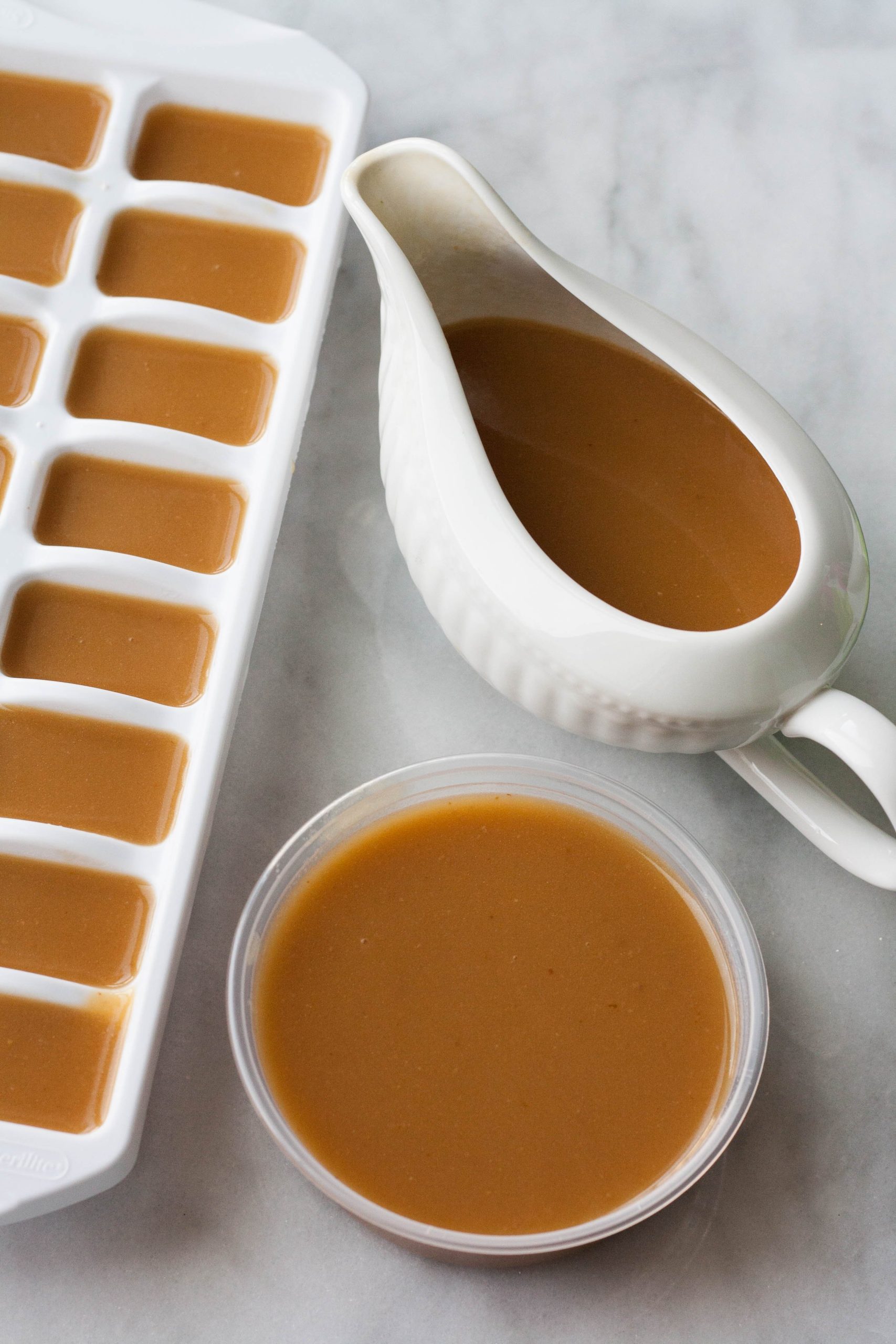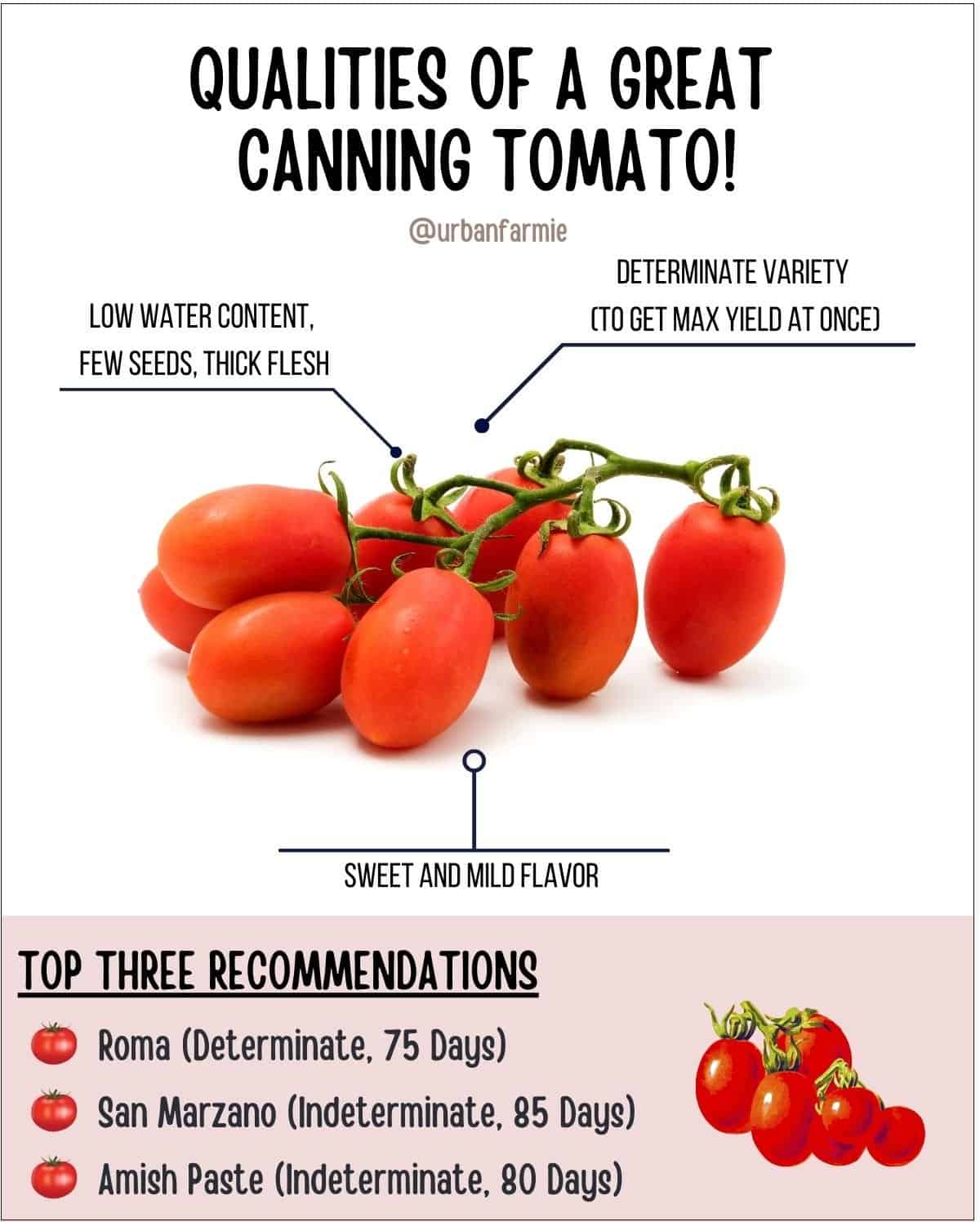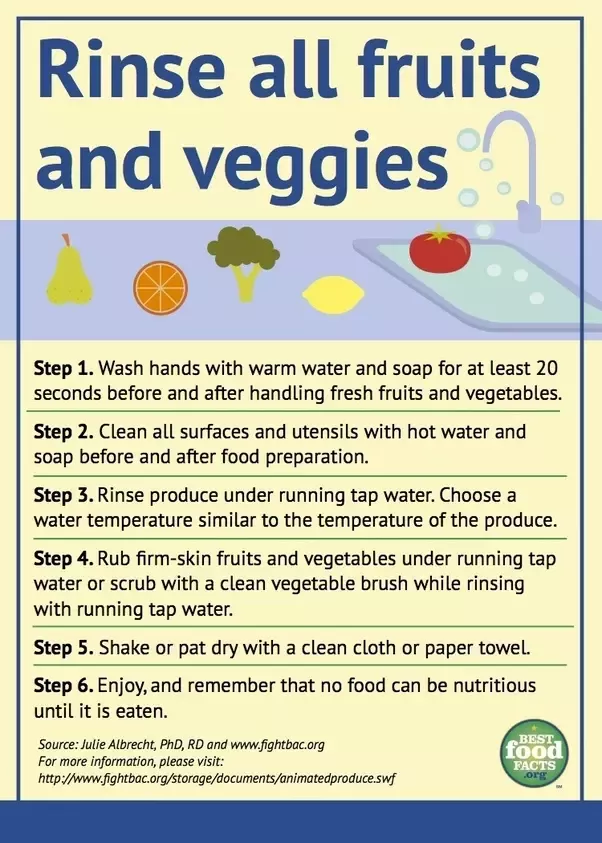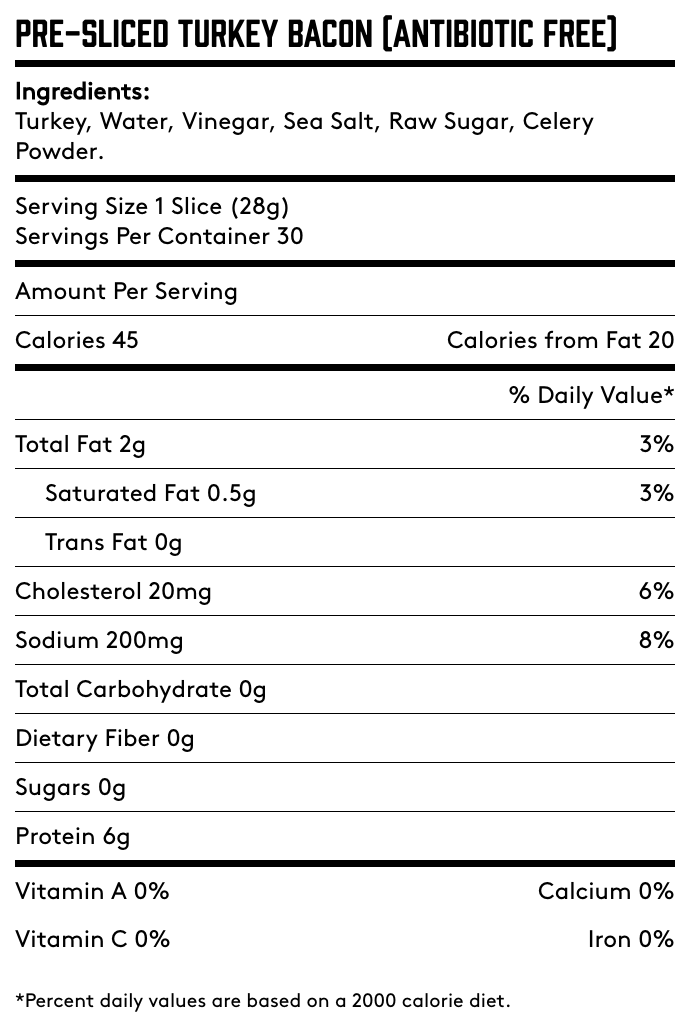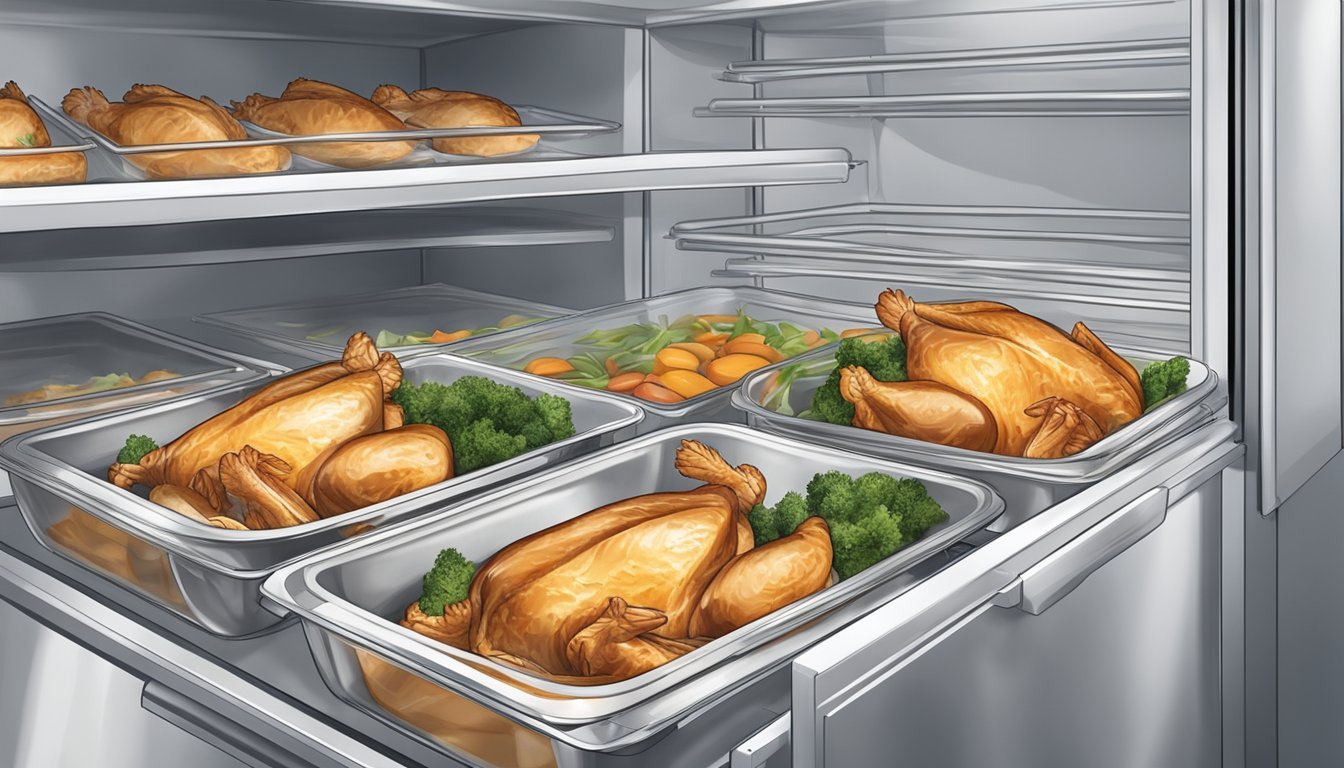Are Hot Dogs Precooked? The Truth Revealed!
Hot dogs are pre-cooked before packaging and can be eaten without further cooking. However, eating hot dogs out of the package may not always be safe if they have been left out of the refrigerator for more than two hours or if they are past their expiration date. Cooking hot dogs thoroughly is safer. There is a slim chance of contamination during the production process, including the presence of parasites like trichinellosis in pork products. The chances of finding parasites in hot dogs are quite slim, and cooking the hot dogs will reduce the risk even further. Eating cold hot dogs increases the risk of contracting a parasite. Hot dogs are one of the most consumed meat products in the United States, especially during summer. If hot dogs have been left out of the refrigerator for more than two hours or are past their expiration date, they may have bacteria growth and could cause food poisoning. To determine if a hot dog is fully cooked, one can check if all sides of the hot dog are browned and cooked to a crisp. Worms like trichinella can potentially infest hot dogs, but the chances are slim. It is recommended to cook hot dogs before eating them to reduce the risk of contracting a parasite or bacterial infection.
Continue Reading
